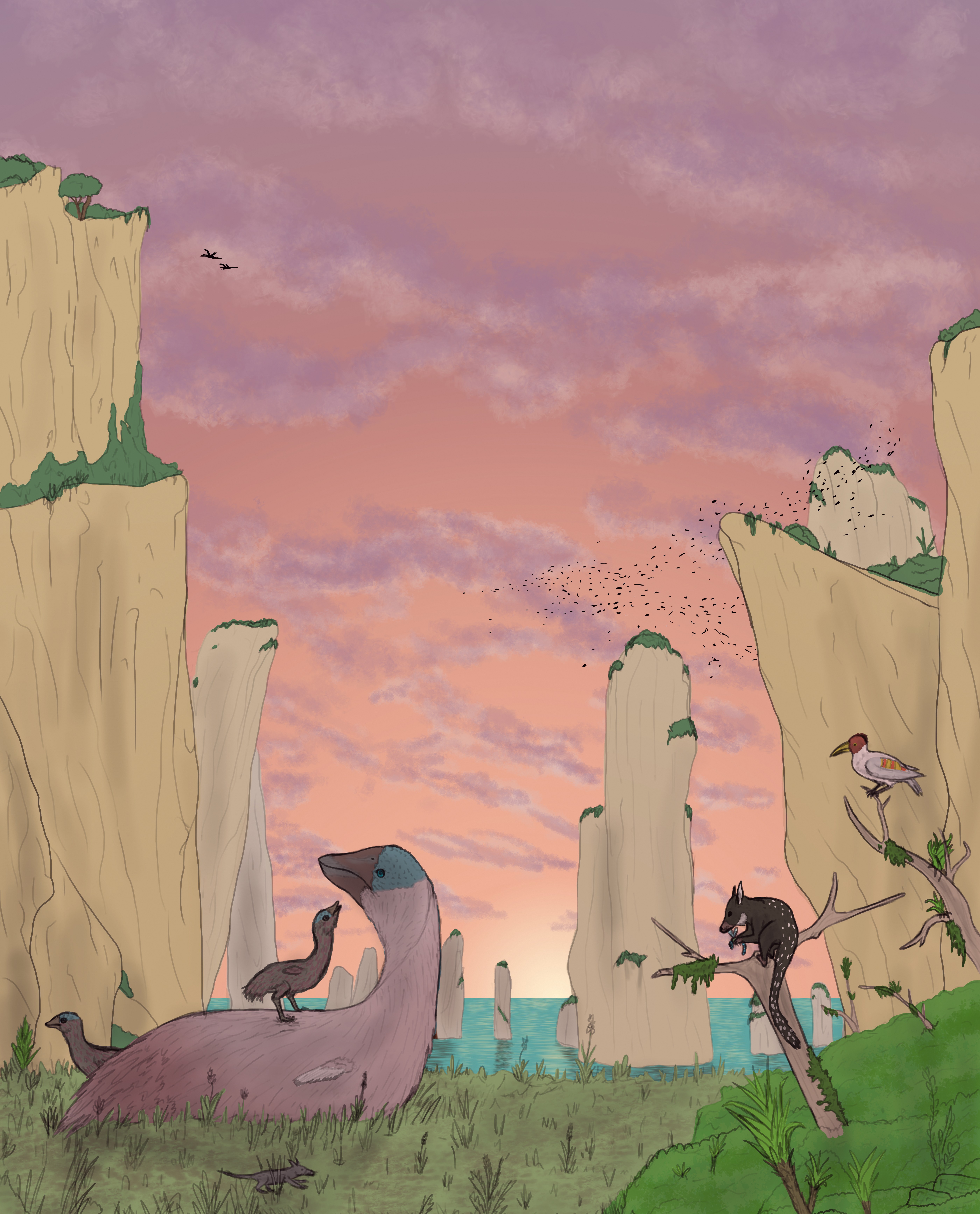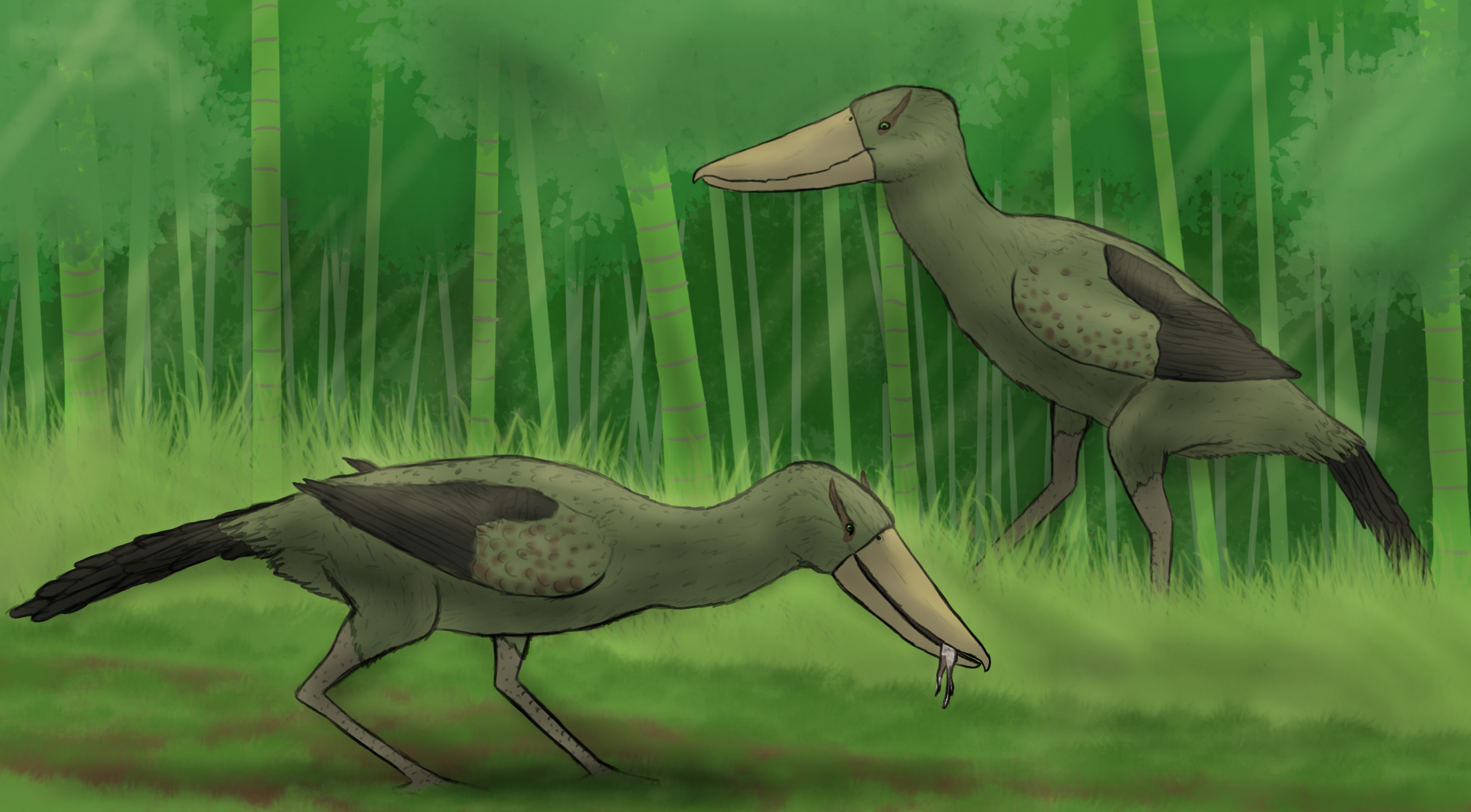HOME | DD
 mking3000 — At the edge
mking3000 — At the edge

#aquatic #bird #clouds #coast #coastal #crow #digital #duck #edge #lemur #line #sunset #vatosokay #speculativeevolution #speculativebiology
Published: 2022-08-23 18:40:12 +0000 UTC; Views: 886; Favourites: 15; Downloads: 4
Redirect to original
Description
The sun is approaching the horizon on the eastern shores of the Tsanganan forest. This is where the great pillars reside, the great monuments of Vatosokay. Limestone collums slowly eroding into the sea. They are still very prominent, creating unique habitats for flora and fauna to inhabit. The pillars are located at the end of the Tsanganan river basin, where freshwater flows into the sea. As this erodes the limestone, the pillars can collapse from the bottom and fall into the river, creating a dam that widens the delta. This results in an enormously wide delta with a very productive aquatic ecosystem.
On dry land, the pillars tower over chasms and sinkholes. These terrain features usually get filled up with rain in a few weeks and become small lakes. Along the coast line are secluded cliffs facing the sea. Many animals come here to rest as it takes great effort to get here and is safe from large predators.
Gaducks are a lineage of crows descended from the large herbivorous Megadromeus. There are two extant species of gaduck at 25 MYPE, both are at least somewhat amphibious. The rosy gaduck (pictured) is a coastal species, but most live near the brackish waters of the river delta. They are very capable swimmers, with webbed feet and oil-covered feathers. They are still completely herbivorous, scooping up aquatic vegetation as they swim on the surface. They spend most of their day swimming but often come on land to graze. They are quite small compared to other megadromeid birds, only growing up to 1,5 meters tall.
The secluded cliffs provide a safe habitat for many creatures. Tinymurs often come here to feed on fruit trees or the plentiful insects. Many birds come here to nest, especially Ronas, the duck-like crow.
Next, we will move away from the Tsanganan forest, to a much weirder place, the Polar savanna...
























